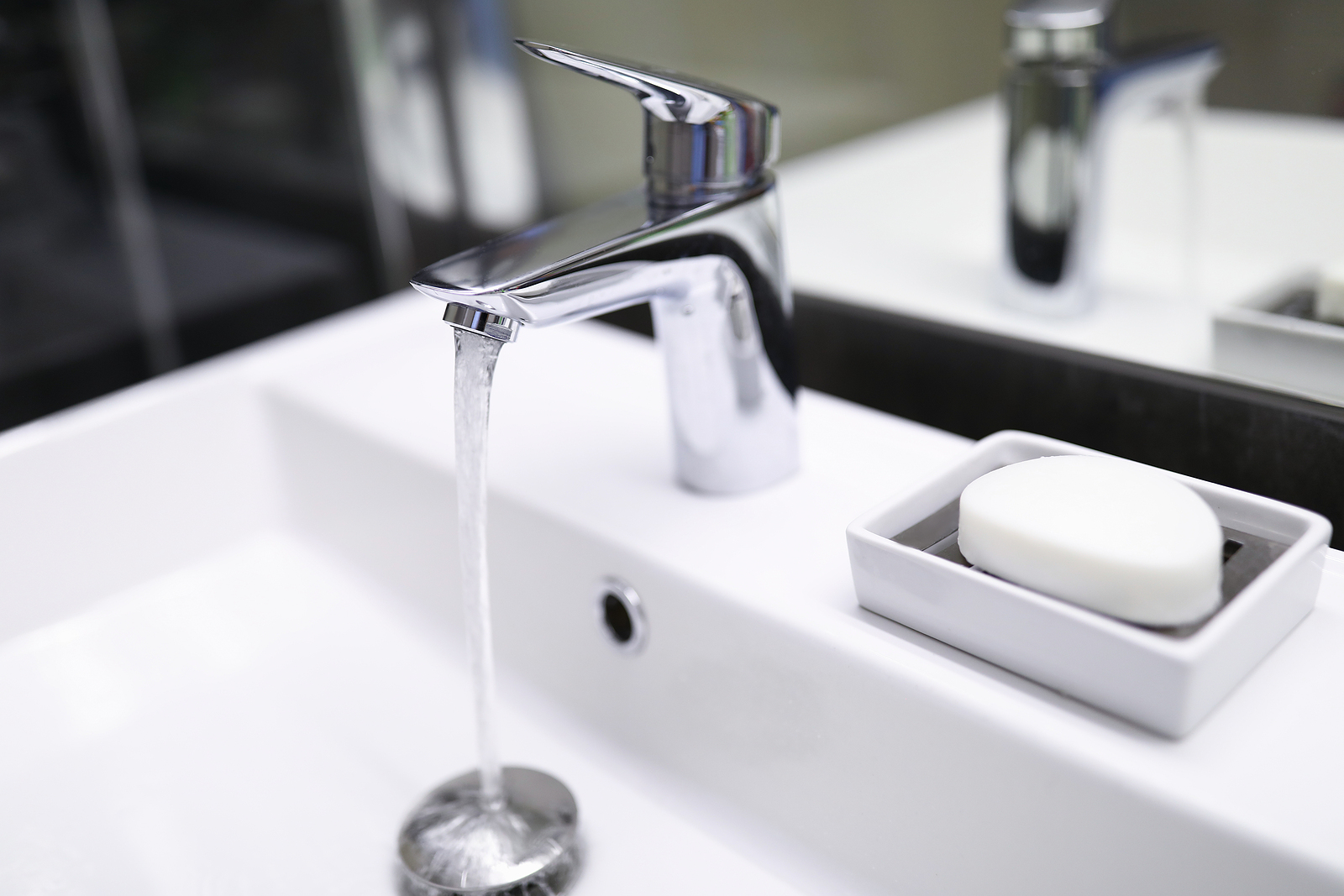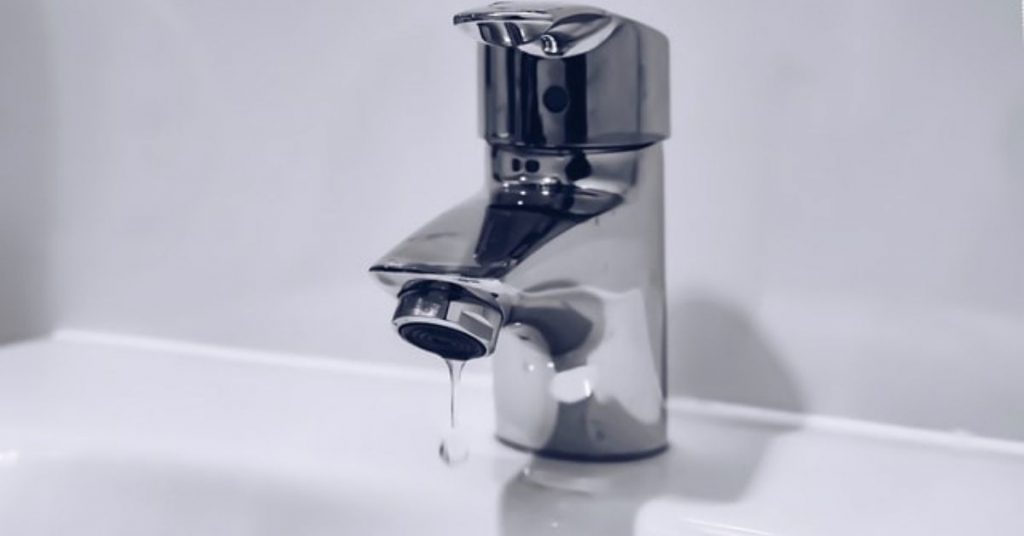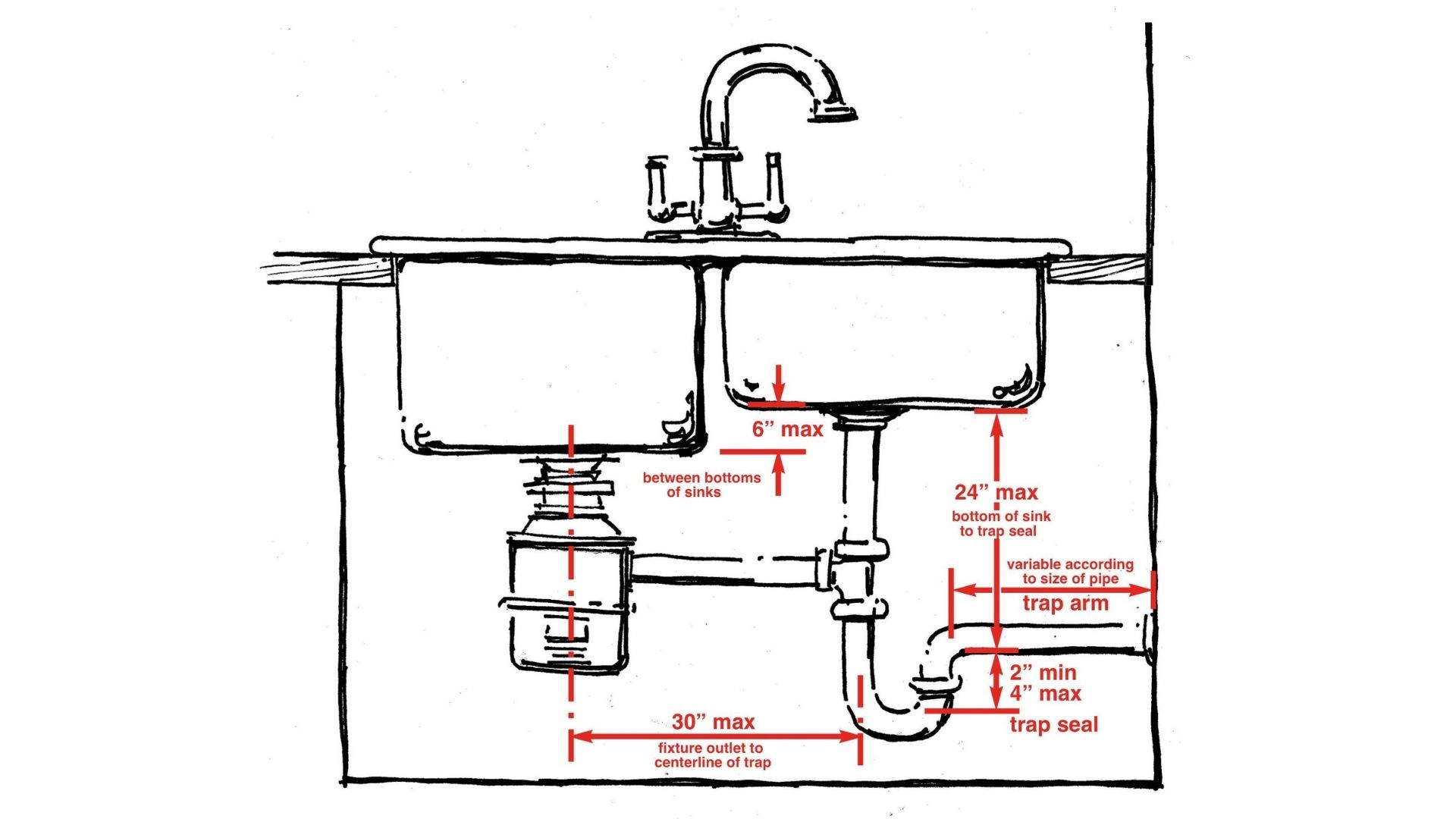Dealing with low water pressure in your bathroom sink can be frustrating, especially when you're trying to wash your hands or brush your teeth. Not only is it inconvenient, but it can also indicate a larger issue with your plumbing system. If you're experiencing low water pressure in your bathroom sink, don't panic. There are several common causes and solutions that can help you restore the water pressure and ensure your sink is functioning properly.Troubleshooting Low Water Pressure in Bathroom Sink
Before diving into how to fix low water pressure in your bathroom sink, it's important to understand the potential causes. Some of the most common reasons for low water pressure include clogged aerators, mineral buildup, faulty valves, and leaks. In order to properly troubleshoot and fix the issue, you'll need to determine the root cause.Causes and Solutions for Low Water Pressure in Bathroom Sink
If you've identified the cause of your low water pressure, there are several steps you can take to fix the problem. For clogged aerators, you can simply remove and clean them with a mixture of vinegar and water. Mineral buildup can be removed with a descaling solution or by soaking the aerator in vinegar. Faulty valves may need to be replaced, and leaks should be fixed immediately to prevent further damage.How to Fix a Bathroom Sink with Low Water Pressure
In addition to the causes mentioned above, there are a few other common reasons for losing water pressure in your bathroom sink. These can include a faulty pressure regulator, a broken pipe, or issues with the main water supply. If you've ruled out the other potential causes, it may be necessary to call a professional plumber to diagnose and fix the problem.Common Reasons for Losing Water Pressure in Bathroom Sink
If you're experiencing low water pressure in your bathroom sink, there are a few tips you can try before calling a plumber. These include checking the shut-off valve to ensure it's fully open, inspecting the supply lines for any kinks or damage, and making sure there are no obstructions in the plumbing system. These simple steps may help restore the water pressure without the need for professional assistance.Tips for Restoring Water Pressure in Bathroom Sink
To prevent future issues with low water pressure in your bathroom sink, it's important to understand the causes. Sometimes, it may be a simple fix like cleaning the aerator, but in other cases, it may require more extensive repairs. Regular maintenance and inspections can help catch any issues early on and prevent them from turning into larger, more costly problems.Understanding the Causes of Low Water Pressure in Bathroom Sink
If you're experiencing low water pressure in your bathroom sink, there are a few steps you can take to troubleshoot and potentially fix the issue. These include checking for leaks, cleaning or replacing the aerator, and checking the water supply. If you're unable to identify or fix the problem on your own, it's best to call a professional plumber to assess the situation.Steps to Take When Experiencing Low Water Pressure in Bathroom Sink
When it comes to troubleshooting and fixing low water pressure in your bathroom sink, it's important to be thorough and follow proper procedures. This may involve checking all potential causes, such as the aerator, shut-off valve, and supply lines. If you're unsure of how to proceed, it's best to seek professional help to avoid causing further damage.How to Troubleshoot and Fix Low Water Pressure in Bathroom Sink
For those who prefer to take a DIY approach to home repairs, there are several common solutions for fixing low water pressure in a bathroom sink. These include cleaning or replacing the aerator, checking for leaks and repairing them, and ensuring all valves are fully open. However, if the issue persists, it's best to seek professional assistance to avoid causing further damage.Common DIY Solutions for Low Water Pressure in Bathroom Sink
If you're unable to fix the low water pressure in your bathroom sink on your own, it's best to seek help from a professional plumber. They have the knowledge, skills, and tools to accurately diagnose and fix the problem, ensuring your sink is functioning properly and your plumbing system is in good condition. Don't hesitate to call for professional assistance when needed to prevent larger, more costly issues in the future.Professional Plumbing Services for Fixing Low Water Pressure in Bathroom Sink
Why is My Bathroom Sink Losing Water Pressure?

Common Causes of Low Water Pressure in Bathroom Sink
 There's nothing more frustrating than turning on the faucet in your bathroom sink and getting a weak trickle of water instead of the strong, steady stream you're used to. Not only is it inconvenient, but it can also make tasks like brushing your teeth or washing your face a lot more difficult. If you're experiencing low water pressure in your bathroom sink, there could be a few different reasons why. Here are some common causes you should know about:
There's nothing more frustrating than turning on the faucet in your bathroom sink and getting a weak trickle of water instead of the strong, steady stream you're used to. Not only is it inconvenient, but it can also make tasks like brushing your teeth or washing your face a lot more difficult. If you're experiencing low water pressure in your bathroom sink, there could be a few different reasons why. Here are some common causes you should know about:
Clogged Faucet Aerator
 One of the most common reasons for low water pressure in bathroom sinks is a clogged faucet aerator. This small, mesh screen is located on the tip of the faucet and helps to mix air with the water to create a smooth flow. Over time, debris and mineral deposits can build up on the aerator, causing it to clog and restrict water flow. To fix this issue, simply unscrew the aerator and clean it out with a toothbrush and some vinegar. This should improve your water pressure immediately.
One of the most common reasons for low water pressure in bathroom sinks is a clogged faucet aerator. This small, mesh screen is located on the tip of the faucet and helps to mix air with the water to create a smooth flow. Over time, debris and mineral deposits can build up on the aerator, causing it to clog and restrict water flow. To fix this issue, simply unscrew the aerator and clean it out with a toothbrush and some vinegar. This should improve your water pressure immediately.
Corroded Pipes
 Another potential cause of low water pressure in your bathroom sink could be corroded pipes. Over time, pipes can become damaged or corroded, which can lead to leaks or blockages that restrict water flow. If you suspect this may be the cause of your low water pressure, it's best to call a professional plumber to assess the situation and make any necessary repairs.
Another potential cause of low water pressure in your bathroom sink could be corroded pipes. Over time, pipes can become damaged or corroded, which can lead to leaks or blockages that restrict water flow. If you suspect this may be the cause of your low water pressure, it's best to call a professional plumber to assess the situation and make any necessary repairs.
Water Supply Issues
 Sometimes, the issue may not be with your sink itself, but with your water supply. If you live in an older home or in an area with outdated plumbing systems, you may experience low water pressure due to the overall water supply in your area. In this case, there may not be much you can do to improve the water pressure in your bathroom sink. However, you can try installing a water pressure booster or contacting your local water company for assistance.
Sometimes, the issue may not be with your sink itself, but with your water supply. If you live in an older home or in an area with outdated plumbing systems, you may experience low water pressure due to the overall water supply in your area. In this case, there may not be much you can do to improve the water pressure in your bathroom sink. However, you can try installing a water pressure booster or contacting your local water company for assistance.
Mineral Buildup in Pipes
 Another common cause of low water pressure in bathroom sinks is mineral buildup inside the pipes. Over time, minerals like calcium and magnesium can accumulate in your pipes and restrict water flow. This is especially common in areas with hard water. To combat this issue, you can install a water softener to prevent mineral buildup or flush your pipes with a mixture of vinegar and water to break up any existing buildup.
Another common cause of low water pressure in bathroom sinks is mineral buildup inside the pipes. Over time, minerals like calcium and magnesium can accumulate in your pipes and restrict water flow. This is especially common in areas with hard water. To combat this issue, you can install a water softener to prevent mineral buildup or flush your pipes with a mixture of vinegar and water to break up any existing buildup.
Conclusion
 If you're experiencing low water pressure in your bathroom sink, don't panic. It's a common issue that can have various causes, but most of them are easily fixable. By identifying the root cause of your low water pressure and taking the necessary steps to address it, you can enjoy a strong, steady stream of water from your bathroom sink once again. If you're unsure of the cause or unable to fix the issue yourself, don't hesitate to call a professional plumber for assistance.
If you're experiencing low water pressure in your bathroom sink, don't panic. It's a common issue that can have various causes, but most of them are easily fixable. By identifying the root cause of your low water pressure and taking the necessary steps to address it, you can enjoy a strong, steady stream of water from your bathroom sink once again. If you're unsure of the cause or unable to fix the issue yourself, don't hesitate to call a professional plumber for assistance.






















:max_bytes(150000):strip_icc()/increase-low-shower-pressure-4052359_FINAL_01-6ece340f72f74bf9ae59e4192b03c0bc.png)









/low-water-pressure-2718732-05-99eb1816e88841c593aeeaaaf330085b.jpg)
































